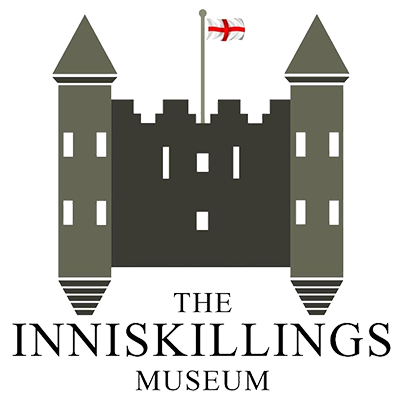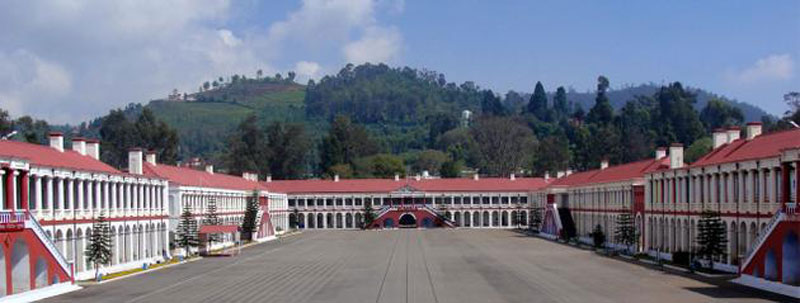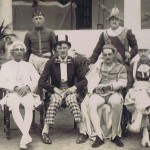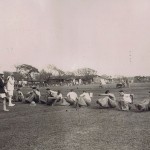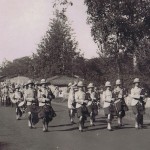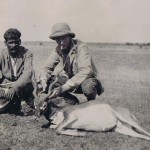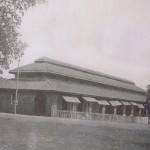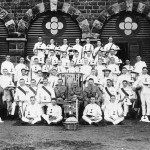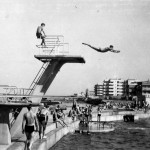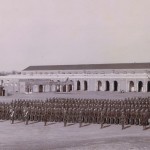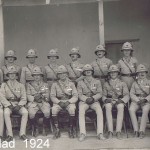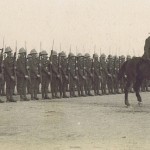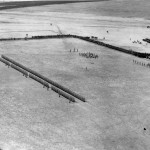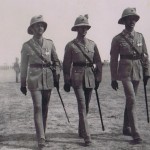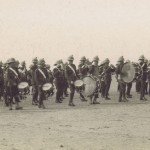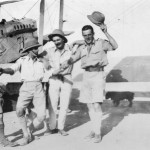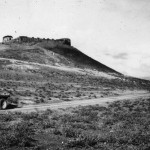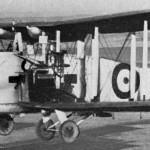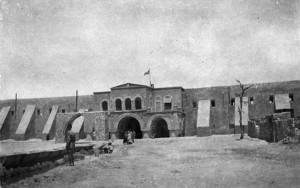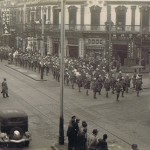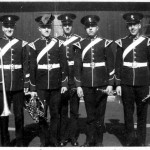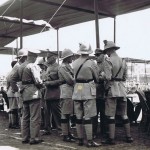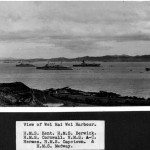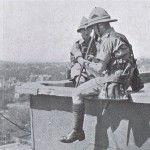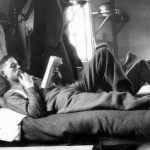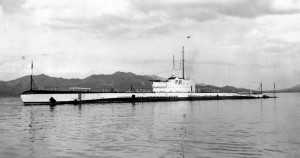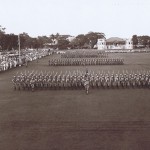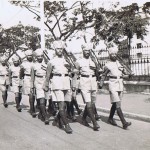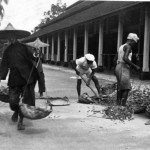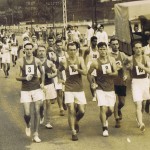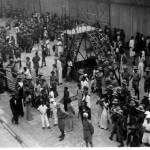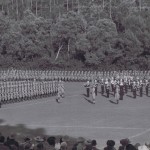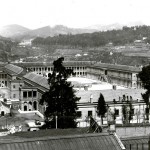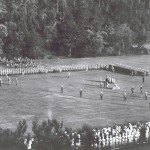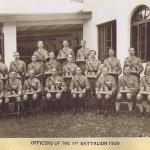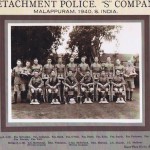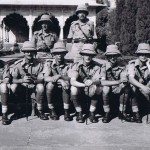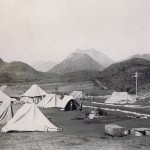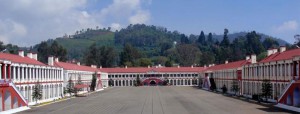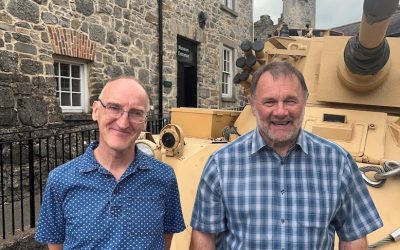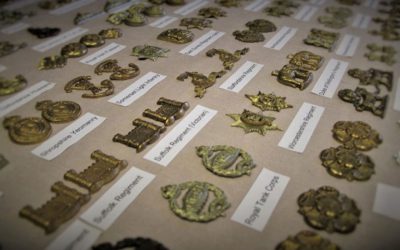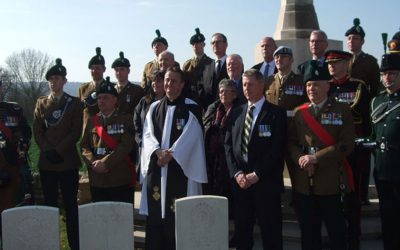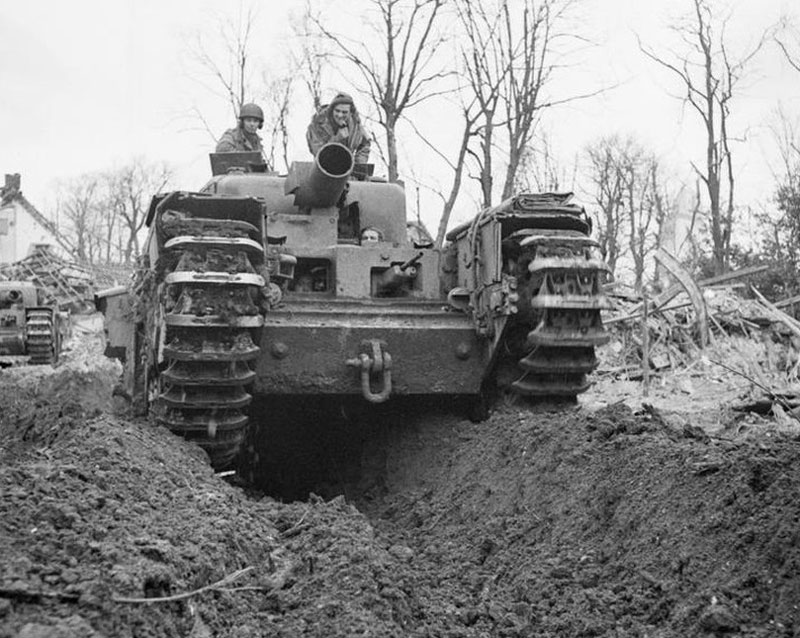Imperial Duties between the wars.
India and Iraq, 1920-1925
India remained the jewel in the Imperial Crown, though there was to be no Imperial Durbar on the accession of George VI as King Emperor in 1936. There were increasing demands from Indian nationalists for self-government and even independence.
The Battalion’s first posting was to Sialkot (NW Punjab, now Pakistan)
In 1923, it moved south near Bombay (Mumbai)
- Amateur dramatics – Belgaum, India
- Fun and games St Patricks day sports – Belgaum, India
- Church parade – Belagavi, south of Bombay, India, 1923
- A successful hunt – Belgaum 1923
- Officers bungalow – Belgaum
- Tropical uniform – Bombay, 1923
- Breach Candy swimming pool, Bombay, 1923
- Route march – Sailkot, Punjab, 1920
- Full Battalion parade – Sailkot, Punjab
Iraq – the area had been called Mesopotamia when it was part of the Turkish Empire. After the war, the Turkish territories in the Middle East were given to Britain and France as mandates. They would govern these territories with a view to giving them independence at some time in the future. The territory known as Iraq was a British mandate.
From 1924 to 1925, the Battalion was posted to the city of Baghdad in Iraq.
- Officers Baghdad – 1924
- St Patrick’s day parade – Baghdad, 1924, in the presence of King Feisal of Iraq
- Aerial view of St Patrick’s day parade – Baghdad, 1924
- St. Patrick’s day – Officers
- St Patrick’s day Battalion band
- The boys!
While there, the Inniskillings were involved in what is believed to be the first time troops were deployed by air.
On Sunday 4th May 1924, serious communal rioting broke out in the city of Kirkuk, 150 miles north of Baghdad. By road, it would have taken five days to bring up reinforcements. ‘D’ Company was mobilised and RAF’s Vickers Victoria and Vickers Vernon bombers flew the first detachment of 70 men to Kirkuk before the day was out. They occupied an old Turkish fort, sleeping on the ramparts and patrols were sent out. They were joined by an RAF squadron of armoured cars. Two days later, the aircraft brought in the rest of the Company. This speedy action ended the rioting.
- Vickers Victoria, used in the airlift to Kirkuk
- Hilltop Fort and RAF armoured car – Kirkuk, N Iraq
- Vickers Vernon, used in the airlift
The Far East, 1934-1940
In 1934, the Battalion’s first posting in the Far East was to Shanghai in China. This city, by then the fifth largest in the world, was internationally administered by Britain, the United States of America and France. Britain kept a full infantry battalion in the city. The Chinese had been forced to open the port (along with others) to international trade in 1842.
- Regimental Band leads the march through the international settlement, Shanghai
- Regimental Band members – Shanghai
- Regimental Officers with US Marine Corps Officers – Shanghai
Weihaiwei, in NE China, was a British leased territory from 1898 to 1930 when it was returned to China. The port was principally used as a summer anchorage for the Royal Navy’s China squadron. However, after 1930, Britain leased an island in the bay for the Royal Navy for a further 10 years.
- Weihaiwei harbour with names of the Fleet vessels
- Regimental signallers – Shanghai
- Shanghai Siesta!
In 1936, the Battalion moved to Singapore, part of the Straits Settlements, (Malaya) and which had been a British possession since 1824. Married men could now bring out their families.
- New Kings Colour paraded – Singapore, 1938
- Laying the new King’s Colour on the drums before consecration – Singapore, 1938
- Sikh Police – Singapore
- Tanglin Barracks, Singapore – road resurfacing
- 15 mile walking race crossing Jahore causeway – the four in front are winning Inniskillings
- Quayside – departure from Singapore, 1938
In 1938, the Battalion moved to Wellington, Southern India. In 1939 new Regimental Colours were presented.
- Colours parade, Wellington Barracks, S India,1939
- Wellington Barracks, Southern India,1938
- Regimental Colours parade, Wellington Bks, 1939
- Regimental Officers – India, 1939
- India, 1940
- Regimental Officers – India, 1940
- Route march, with companion!
- Madukkari, S India, 1938 (note the bed blocks and bicycles)
- Madukkari, Southern India, 1938
During the Second World War, the Battalion fought against the Japanese in Burma in 1942 and 1943. It did not return to the UK until 1949, after further service in Hong Kong and Malaya.
